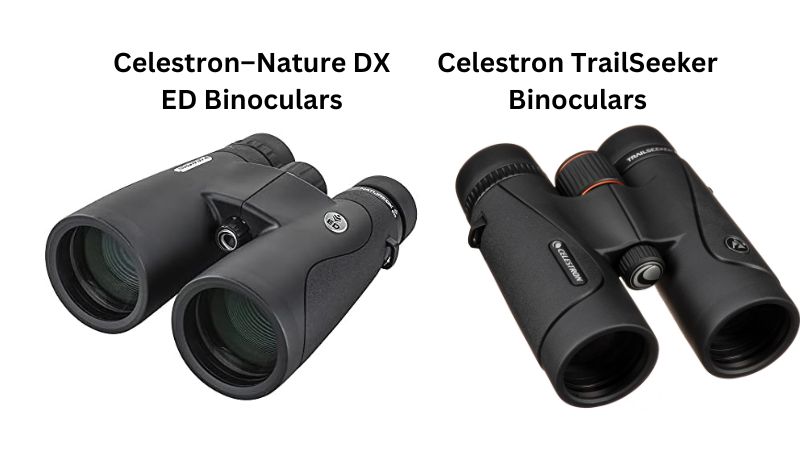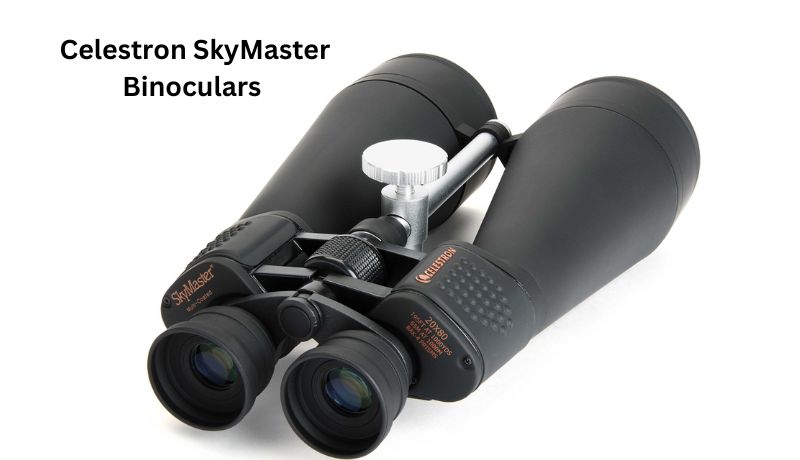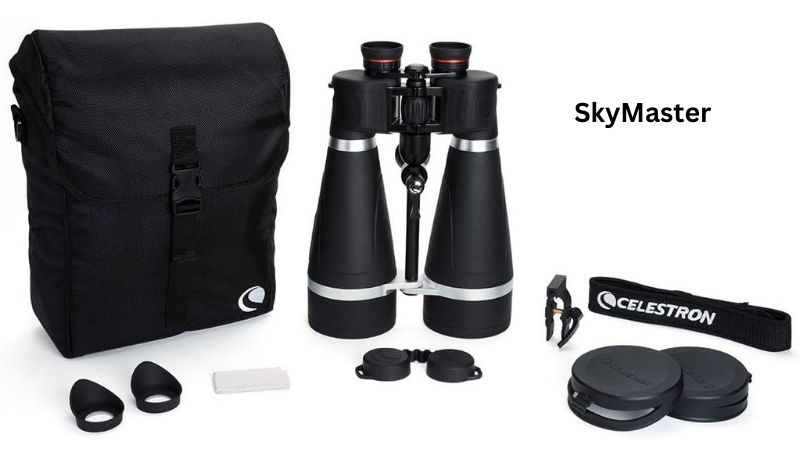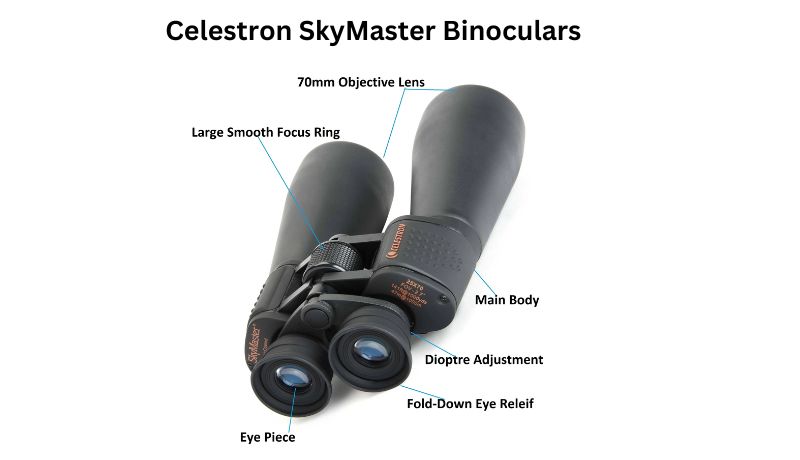Celestron has established itself as a trailblazing brand in the world of binoculars and optics. With a wide array of high-quality products offered to consumers, it’s no wonder many people have wondered: “Where are Celestron binoculars made?“
This article takes a deep dive into the manufacturing process, materials and quality control measures taken by Celestron and it also touches on the company’s history and contributions to the optics industry. Let’s explore the world of Celestron binoculars together.

An Overview: Celestron Binoculars Models
Before discussing the manufacturing process, it’s essential to understand Celestron’s popular binocular models. Some of their best-selling models include:

- Nature DX Series: Perfect for birdwatching or nature observation, these binoculars come with high-quality BAK-4 prisms, providing crisp, high-contrast images.
- SkyMaster Series: Created for those keen on astronomy, these large aperture binoculars offer phenomenal performance in low light conditions.
- TrailSeeker Series: Designed to be lightweight, this series features a magnesium alloy body and is perfect for the adventurer looking for durability and performance.

Where Celestron Binoculars Are Made?
Celestron binoculars are primarily manufactured in China, in factories that abide by strict quality control measures. This isn’t a decision made lightly by the company, but rather a strategic move to ensure affordability of these high-tech devices without compromising quality.
While the design, development and quality control processes are closely overseen by the Celestron team based in Torrance, California, the actual construction of the products happens overseas. This collaboration across continents allows Celestron to offer top-notch binoculars that are both technically sound and financially accessible to a broad audience worldwide.

Manufacturing Process, Quality Control and Assurance:
Celestron’s binocular manufacturing process starts with the selection of premium quality materials. The company sources specialized glass from Japan and Germany, known for their superior optical properties. Next, the glass is shaped into lenses and prisms using diamond tools to ensure precision and accuracy.
The components are then assembled by hand in Celestron’s state-of-the-art factory in China. The company prides itself on its skilled workforce and strict quality control measures to maintain consistency and high standards throughout the manufacturing process.
Celestron places a strong emphasis on ensuring that every one of their products meets the highest standards of quality. To accomplish this, they have implemented robust quality control processes in their manufacturing facilities. These processes include thorough testing, inspection of materials and adherence to strict manufacturing standards.

Challenges and Controversies in Celestron’s Manufacturing
Challenges and Controversies in Celestron’s Manufacturing:
- Outsourcing Challenges: Outsourcing production to China has faced criticism from some quarters. This strategy, while cost-effective, has raised questions about the quality and durability of the products. However, Celestron maintains that their rigorous quality control process negates such concerns.
- Environmental Concerns: The optics industry, including Celestron, faces environmental challenges. The manufacturing process involves the use of certain chemicals and processes that may contribute to environmental pollution. Celestron, though, has pledged to adhere to eco-friendly practices wherever possible.
- Intellectual Property Theft: Operating in a global market, particularly in China, presents the risk of intellectual property theft. It’s a challenge that many tech companies face and Celestron is no exception. However, the company has taken measures to protect its proprietary technology.
- Supply Chain Disruption: Natural disasters, global pandemics, or political unrest can disrupt supply chains, affecting production. Celestron, with its international operations, has to work continuously to mitigate these risks to ensure a steady product supply.
- Market Competition: The optics industry is highly competitive, with several brands vying for market share. Celestron has to continuously innovate and improve its products to stay ahead of competitors. However, this competition drives the industry forward, ultimately benefiting consumers.
Globalization Consumer Perspectives on Celestron Binoculars
Overall, consumers hold a highly positive view of Celestron binoculars. Reviews and feedback from users highlight the excellent optical performance, build quality and user experience. While the manufacturing location might concern some customers initially, the company’s robust quality control and assurance measures help establish trust in the durability and performance of their products.

The binocular industry, much like other industries, has seen a significant shift toward globalization in recent years. Companies are increasingly opting to manufacture internationally to reduce costs and remain competitive. Celestron’s presence in the global market remains strong due to its reputation for quality and innovation, as well as its competitive pricing.
Future Outlook for Celestron Binoculars
The future for Celestron binoculars looks promising as the company continues to innovate and adapt to market trends. Technological advancements are likely to pave the way for even more powerful and precise binocular models. Alongside this, Celestron’s ongoing commitment to quality and affordability positions it well to expand its market share.

Consumers can expect to see more environmentally friendly practices employed in the production process, as Celestron continues to uphold its commitment to sustainable manufacturing. The company’s global reach is anticipated to grow, particularly in emerging markets where interest in birdwatching and stargazing is on the rise. In short, the future seems bright for Celestron and its customers.
Conclusion:
After learning about the history and manufacturing process of Celestron binoculars, it’s clear that these products are made with precision and care. From the small town of Torrance to Mexico and Taiwan, Celestron has expanded its production facilities to meet the growing demand for their high-quality binoculars.
Not only are they committed to providing top-notch products, but they also prioritize sustainable practices in their factories. In addition, their dedication to innovation and technology ensures that each pair of binoculars is crafted with the latest advancements in optics. So go ahead, take that leap and upgrade your viewing game with Celestron binoculars today!




